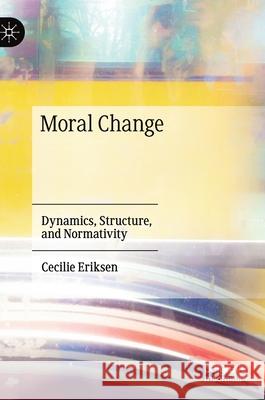Moral Change: Dynamics, Structure, and Normativity » książka
topmenu
Moral Change: Dynamics, Structure, and Normativity
ISBN-13: 9783030610364 / Angielski / Twarda / 2020 / 180 str.
Moral Change: Dynamics, Structure, and Normativity
ISBN-13: 9783030610364 / Angielski / Twarda / 2020 / 180 str.
cena 351,78 zł
(netto: 335,03 VAT: 5%)
Najniższa cena z 30 dni: 346,96 zł
(netto: 335,03 VAT: 5%)
Najniższa cena z 30 dni: 346,96 zł
Termin realizacji zamówienia:
ok. 20 dni roboczych.
ok. 20 dni roboczych.
Darmowa dostawa!
Kategorie BISAC:
Wydawca:
Palgrave MacMillan
Język:
Angielski
ISBN-13:
9783030610364
Rok wydania:
2020
Wydanie:
2020
Ilość stron:
180
Waga:
0.38 kg
Wymiary:
21.01 x 14.81 x 1.27
Oprawa:
Twarda
Wolumenów:
01
Dodatkowe informacje:
Wydanie ilustrowane











